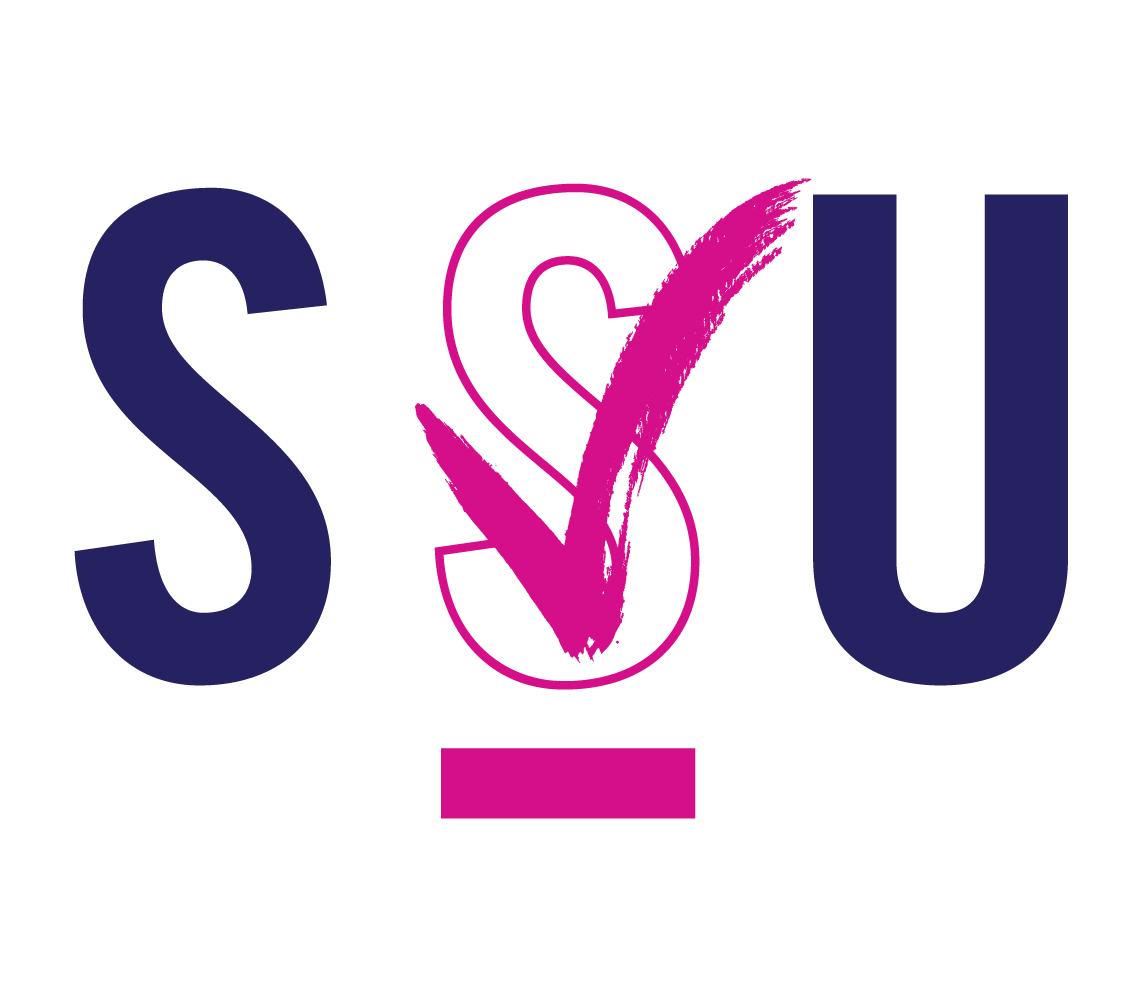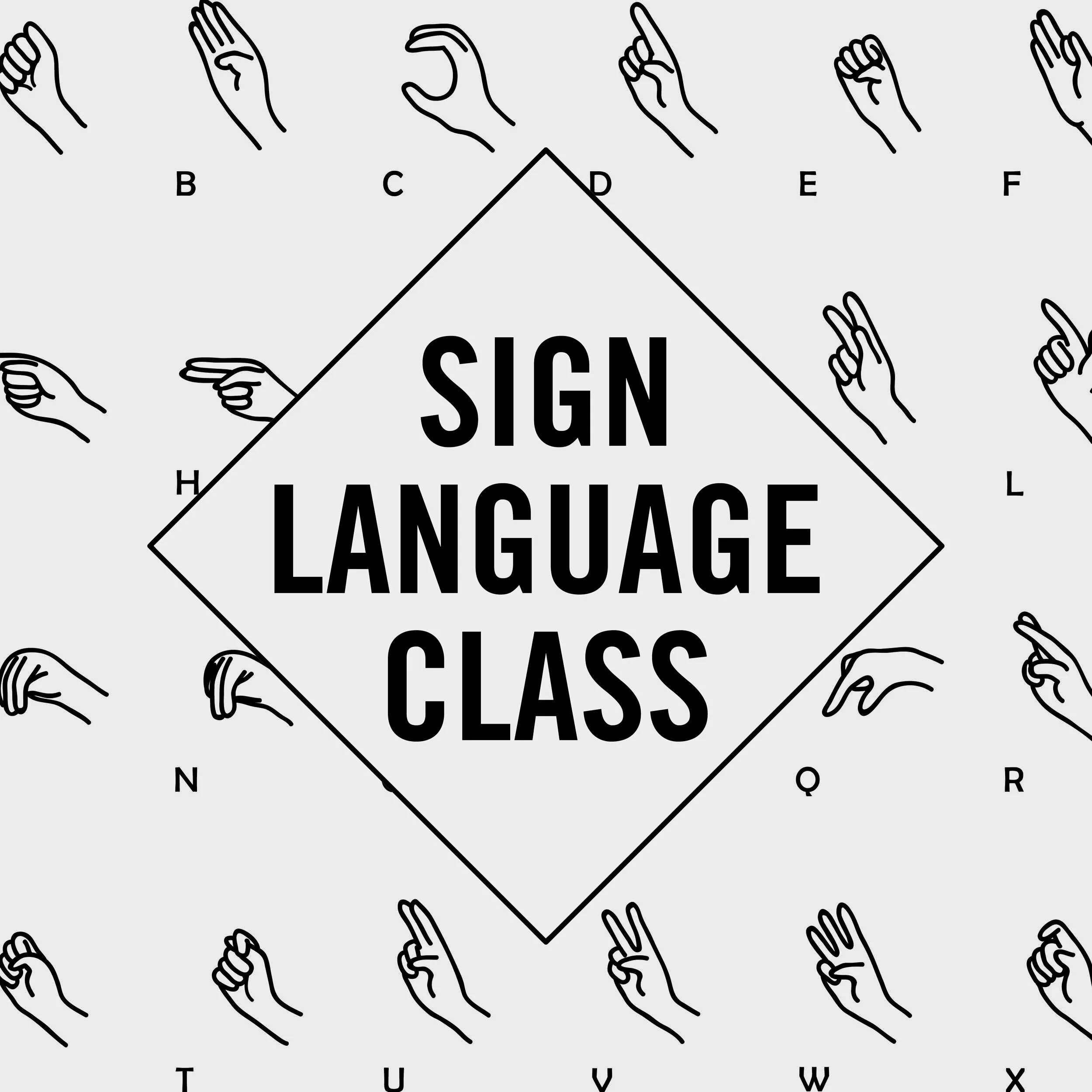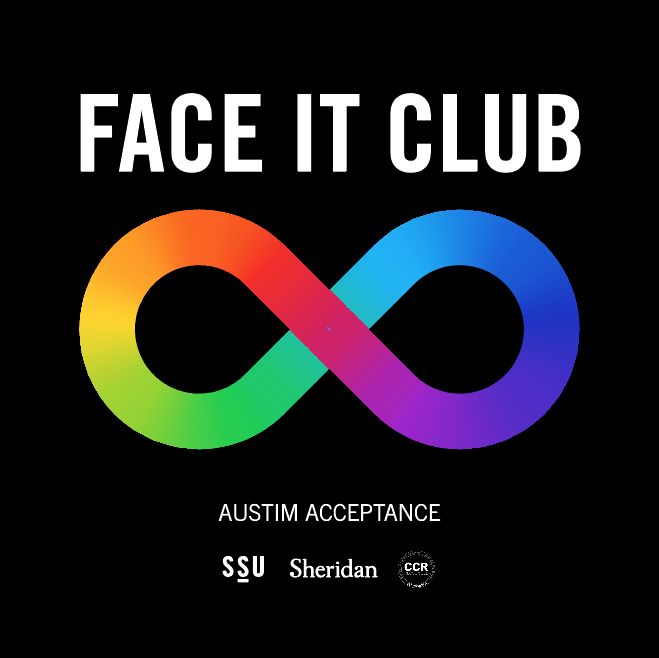Global Accessibility Awareness Day
Global Accessibility Awareness Day occurs every year on the third Thursday of May. It is a day to recognize the importance of equitable access to digital information - for everyone! There are more than one billion people worldwide living with disabilities and impairments. These challenges can impact access to online information. Global Accessibility Awareness Day brings focus to designing content in the digital world to be more inclusive. Sheridan Student Union celebrates GAAD and advocates for accessibility in all digital materials.
Global Accessibility Awareness Day actually started with a single blog post in 2011. Joe Devon, a web developer, wrote a blog about the inaccessibility of websites. He proposed a global day of awareness to advocate for more inclusive design. Jennison Asuncion, an accessibility professional from Toronto, found the post on Twitter. Together, they challenged their networks to take part in a Global Accessibility Awareness Day.
Accessibility @ Sheridan
The world has celebrated Global Accessibility Awareness Day since 2011. Sheridan SSU also recognizes the importance of this day. We want to share how you can create accessible and inclusive digital experiences. This benefits all members of Sheridan's community.
Do you need information from any Sheridan SSU page in an accessible format? Do you need communication supports? If so, please contact web.ssu@sheridancollege.ca.
Accessibility for Everyone!
Check out the Digital Inclusion - Teach Well series. These 3 webinars teach you how to enhance the usability and accessibility of your files. This includes Word documents and PowerPoint presentations. This way, you can reach the greatest number of users possible when you share your files.
Find the series at Digital Inclusion Series: Accessible Presentations on The SOURCE
Accessible Slate - What is ReadSpeaker?
Do you know about the accessibility features you can use in SLATE? ReadSpeaker is a new, SLATE available, built-in reading and productivity tool.
ReadSpeaker is a web-based text-to-speech technology available to all SLATE users. It includes webReader, docReader and TextAid. These tools make curriculum materials (HTML, PDFs, PPTs, Word) more accessible to learners. This includes peoples with disabilities and multi-lingual learners. Users can access the built-in tools to listen to the text or convert text to audio files. Users can annotate content and even extract highlighted text. These tools decrease barriers presented by printed text. This enhances learner engagement with course content and materials.
You can also download “How to Access ReadSpeaker” developed by D2L Brightspace.
ReadSpeaker also has a YouTube channel to explore features. To get started, check out ReadSpeaker Overview. Then play How to Use the Highlighter Tool in ReadSpeaker docReader.
Students requesting academic accommodation for disability-related reasons can contact Accessible Learning. How?
Email askanadvisor@sheridancollege.ca for more information.
Accessibility – Library and Learning Services
Sheridan Library and Learning Services are here to support you. They strive to ensure that all services and collections are flexible, responsive, and accessible. They do this to meet the needs of all users. Learn more about obtaining alternate formats of library materials at Sheridan. Or find out if a library database is accessible, and much more. Access Accessibility Information – Library and Learning Services.
Are you a Sheridan employee? Do you want to learn more about accessibility? Universal design for learning? The Accessibility for Ontarians with Disabilities Act? Check out the Library and Learning Services Accessibility Help Guide.
Read the Universal Access Report. It contains information about service initiatives for students with disabilities, Indigenous students, International and ESL students, LGBTQ+ students, and students with dependents. There is also information about Equity, Diversity, and Inclusion.
Do you have questions about any of the above links? Contact Sheridan’s Access and Instructional Support Technician, Nira Persaud.
More Helpful Tools
There are many free tools that can help designers and developers test the accessibility of their pages. One of these is WAVE – Web Accessibility Evaluation Tool from the folks at WebAIM.
The Colour Contrast Analyser (CCA) is a tool provided by the Paciello Group. It helps you determine the legibility of your text and visual elements. For example, graphical controls and visual indicators on your webpages.
Deque’s axe browser extension integrates into built in Developer Tools (Chrome and Firefox). It allows convenient access to a page’s accessibility barriers in a way already familiar to most Web Developers.
Social Media & Accessibility
How we use social media and the platforms that exist are consistently adapting. It’s important to stay up to date on how we can all enhance the social media experience for everyone. Here are 5 tips to making your social posts more accessible:
-
Add alternative text descriptions to images. This is possible on most social media platforms. HootSuite, an aggregation tool, also allows alt text. Alt text is important for screen reader users. Screen readers read text descriptions of images aloud to non-sighted or low-sighted users.
-
Video content must provide captions of the audio. It is best to use closed captions because this lets the user turn them on or off.
-
Include alternative text descriptions for GIFs (animated images).
-
If you write hashtags with many words, use initial capitalization. We call this CamelCase. This helps to clarify the meaning of your hashtag. For example, #SheridanA11y.
Utilizing this CamelCase makes the hashtag easier to read for all users. It is also more consumable by screen readers. It is easier for technology to recognize and pronounce the individual words.
-
"Prefixing" tells your users the type of post you are sharing. For example, tweets that have photos, videos, or audio. This allows screen readers users to know what to expect. The uppercase formats add further clarity for sighted users. Here are some examples:
Photos: [PIC]
Videos: [VIDEO]
Audio: [AUDIO]
Want to learn how to make your Facebook posts and videos more accessible?
Explore the different ways to make your Instagram content accessible.
Looking to make your job post or a professional blog post on LinkedIn AODA-approved? Here’s the latest LinkedIn tools to help you.
Whether you’re posting a tweet, sharing a video or having a little fun with gif content, here’s how Twitter honours accessibility!
Software Accessibility
Regardless of the software you use as a student, faculty or staff, there are a variety of tools available to assist you!
-
Accessibility in Google
Explore some of Google’s accessibility features and products. This includes Google Calendar and TalkBack features on Chromebook. -
Accessibility Support for Windows
Explore some of Microsoft’s Accessibility features and products. -
Windows and Linux
There are many free/open-source screen readers available for Windows users. The most popular one is NonVisual Desktop Access (NVDA). You can download the software and learn some of NVDA’s documented basic keystrokes. -
All platforms
Mac users, did you know you have a built-in screen reader called VoiceOver on your systems? Explore Apple Accessibility. Learn how to turn on VoiceOver and use the basic keystrokes.
Check out the latest Accessibility features for Apple products that operate on iOS.
Are you in the position to buy a software platform at Sheridan? If so, you must ask prospective vendors to complete an “Accessibility Compliance Checklist”? This checklist uses Web Content Accessibility Guidelines (WCAG) 2 Level AA. This ensures everyone can use the new platform!
To get this checklist please email accessibility@sheridancollege.ca
SSU Accessibility
The SSU is committed to supporting accessibility in everything we do! From hosting virtual Sign Language classes (with transcription provided), continuing support for student-led clubs like FACE-IT, to recognition of World Autism Acceptance Day, we are committed to raising awareness about the first-hand challenges all Sheridan students face, including those living with disabilities.
We recognize removing barriers to information and communications begins with each one of us. As part of our pledge to creating a more accessible digital presence, SSU will continue to review our website and online content over the next year to identify and remove barriers to digital access.
We hope to share our progress with you throughout 2022 and 2023!





